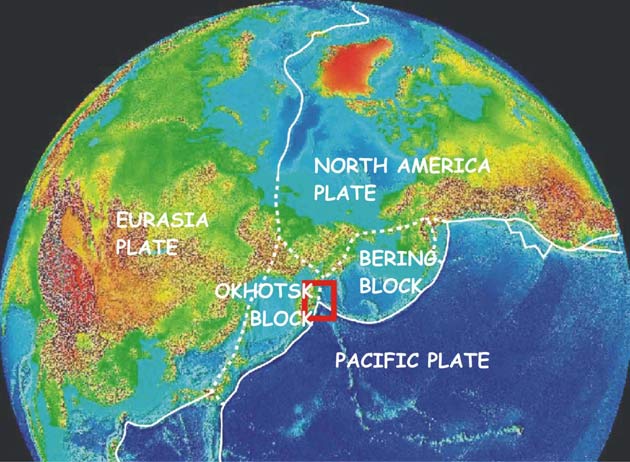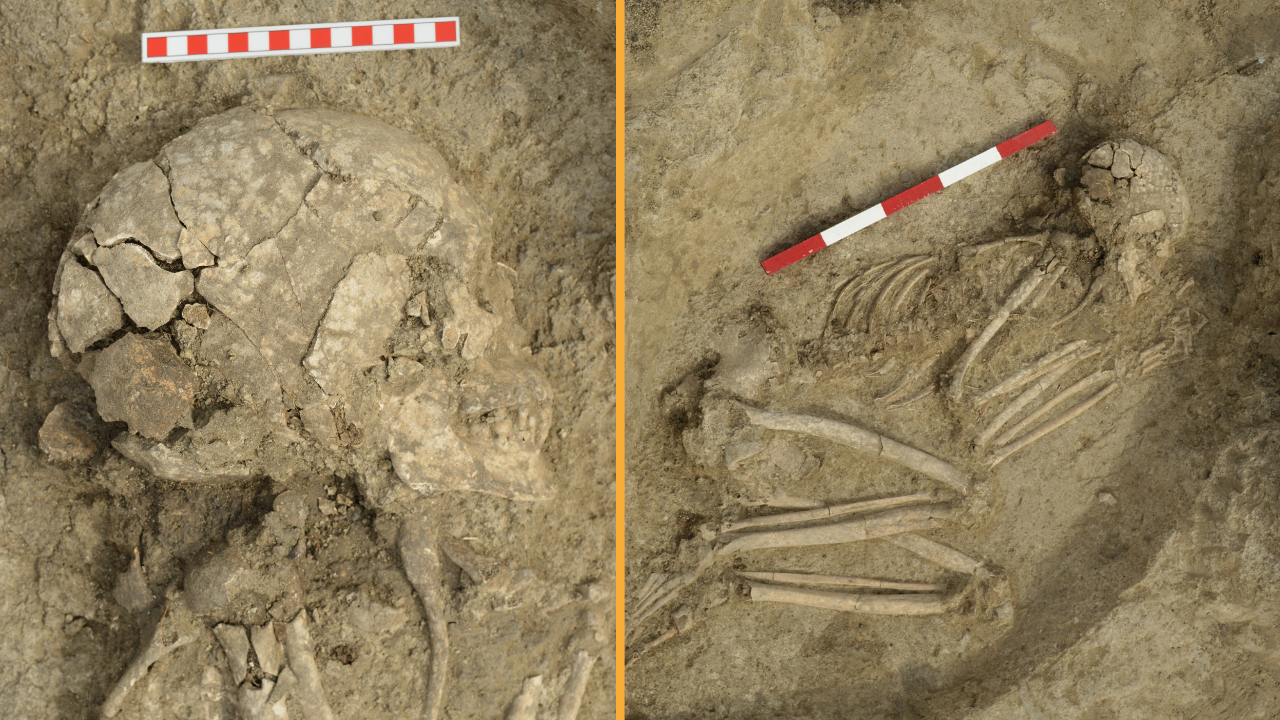Geologists Say Peninsula Belongs to Russia, Not U.S.

The Kamchatka Peninsula on Russia's east coast has long been seen as possibly being part of North America, geologically speaking.
Earth's outer crust is divided into about a dozen major tectonic plates and several smaller plates. They all float atop the mantle and the grinding that occurs at their intersections causes major earthquakes.
Some geologists have thought Kamchatka sits on the same tectonic plate as the United States, Canada and Mexico. The North America plate extends through Alaska, across the Bering Strait and into Siberia, but the question is whether it reaches as far south as Kamchatka. [Map]
Data from earthquakes and tsunamis now indicates Kamchatka is instead part of a smaller plate called the Okhotsk block, which is being deformed by the convergence of major tectonic plates.
"This indicates a plate boundary," said study leader Jody Bourgeois of the University of Washington.
Bourgeois and her colleagues included information about a magnitude 7.7 quake in 1969 and another 7.7 temblor on April 21 this year. Terrain on the northern part of the peninsula has been pushed up and tilted, indicative of tectonic compression.
"What we are finding cannot be explained by a model that places Kamchatka on the North America plate," Bourgeois said.
Get the world’s most fascinating discoveries delivered straight to your inbox.
The results are detailed in the May issue of the journal Geology.
The convergence zone at Kamchatka is similar to an area off the U.S. West Coast, where the Juan de Fuca tectonic plate dives beneath the North America plate. That junction has been responsible for colossal earthquakes in what's called the Cascadia region every few hundred years.
Robert is an independent health and science journalist and writer based in Phoenix, Arizona. He is a former editor-in-chief of Live Science with over 20 years of experience as a reporter and editor. He has worked on websites such as Space.com and Tom's Guide, and is a contributor on Medium, covering how we age and how to optimize the mind and body through time. He has a journalism degree from Humboldt State University in California.



